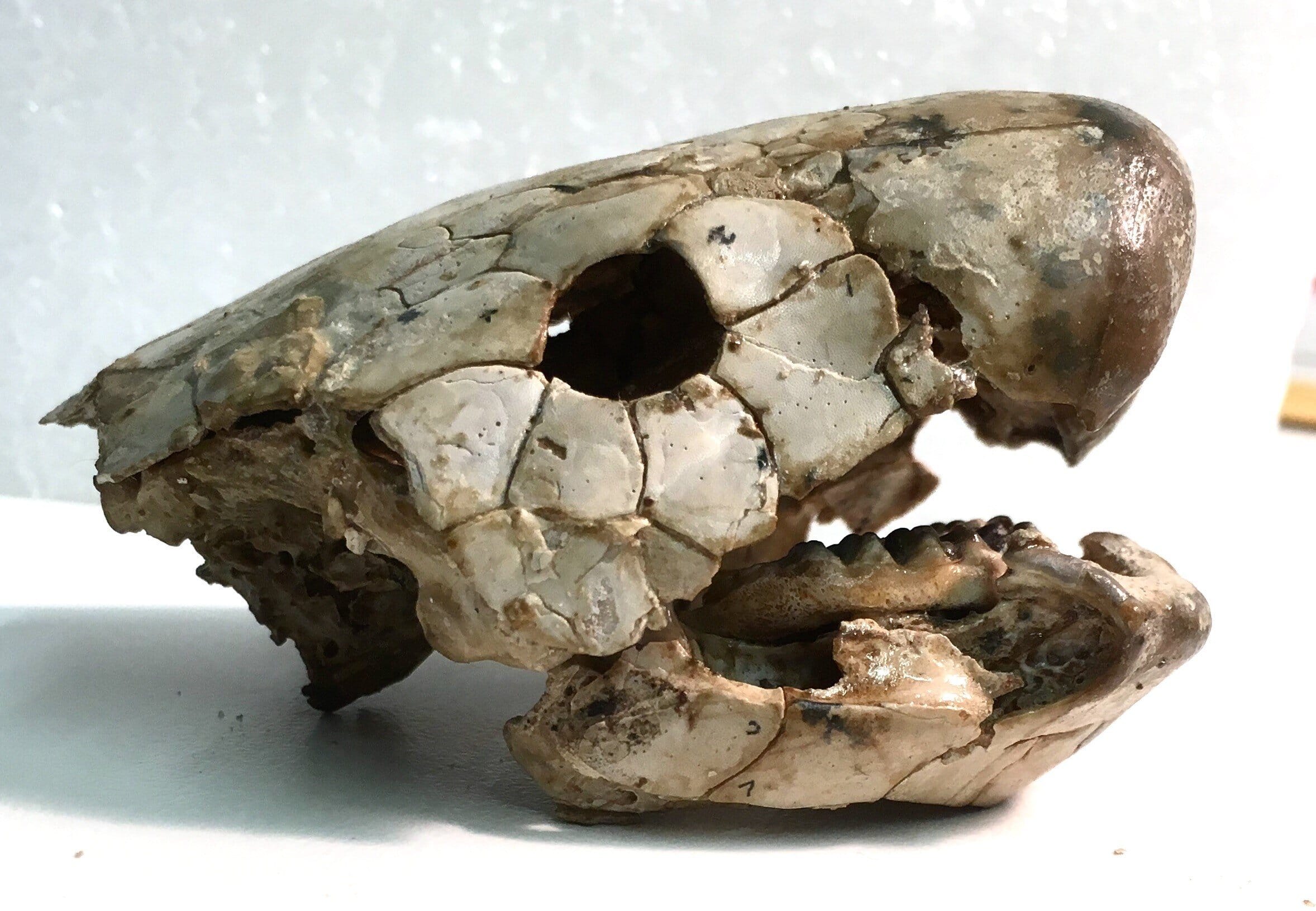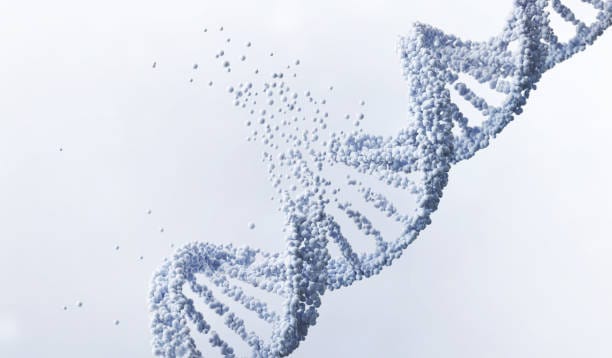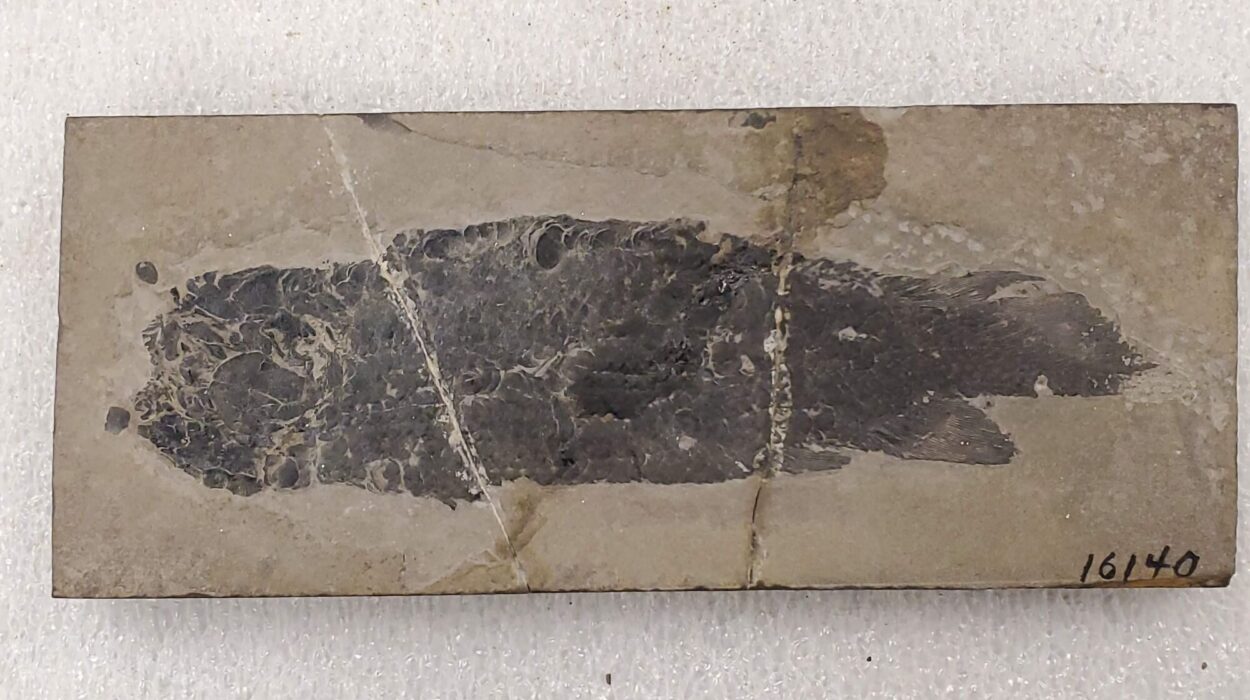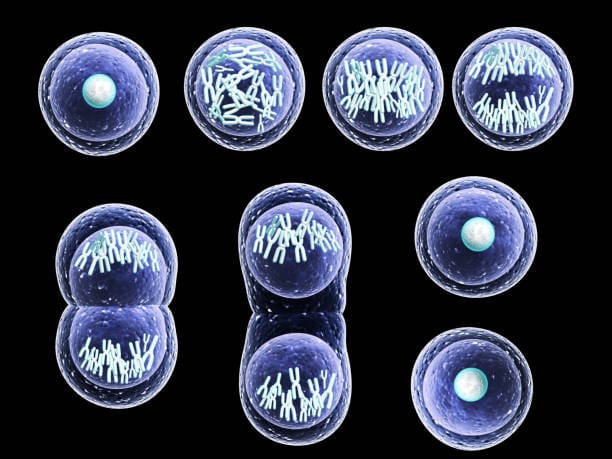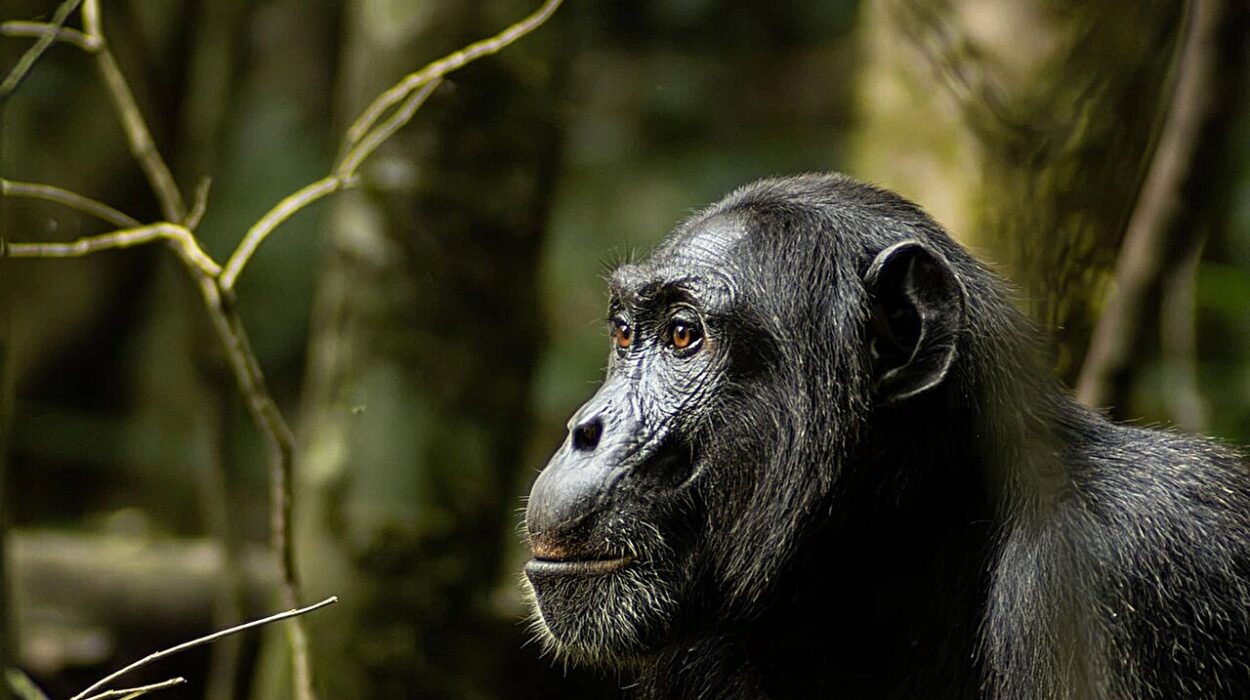Deep in the remote outback of northern Western Australia, red cliffs rise beneath a searing sun. Amid these ancient rocks, silent fossils lie entombed—time capsules from an age when strange fish ruled tropical seas and the first bold creatures were poised to crawl onto land.
Now, from this rugged wilderness, new secrets are emerging about the creatures that helped bridge the watery world of fish to the terrestrial realm of mammals—including us.
In a groundbreaking study published in iScience, an international team of paleontologists has used state-of-the-art digital modeling to peer inside the jaws of ancient lungfish, creatures that swam the warm reefs of the Devonian Period some 380 million years ago. Their findings shine a fresh spotlight on how our distant “fishy” cousins hunted, fed, and shared an ecosystem teeming with predators, revealing an unexpectedly rich tapestry of ecological diversity.
The Gogo Time Machine
The story begins in a place paleontologists know simply as “Gogo.” Nestled in the Kimberley region of Western Australia, the Gogo Formation is one of Earth’s most remarkable fossil treasure troves. Here, nature’s artistry preserved delicate bones, soft tissues—even fossilized embryos—in stunning 3D detail.
These fossils come from a time known as the “Age of Fishes,” when Earth’s seas were alive with armored predators, bizarre jawed fish, and the ancestors of the very first four-legged animals. Among these pioneers were lungfish—an ancient lineage that holds a special place in the evolutionary family tree.
“Lungfish are sister taxa to tetrapods, which means they’re our closest ‘fishy’ relatives,” explains Dr. Alice Clement, paleontologist at Flinders University and lead author of the new study. “Their evolutionary history stretches back over 400 million years. They’re living windows into our distant past.”
Lungfish are unusual even today. Modern species can breathe air, survive dry spells by burrowing into mud, and are famous for their resilience. But their ancient ancestors were even stranger, sporting an astonishing range of shapes and jaw types.
A Peek Inside Prehistoric Jaws
Until recently, much of what scientists knew about these ancient lungfish came from painstaking fossil reconstructions and educated guesswork. Now, modern technology is lifting the curtain on their hidden lives.
Using high-resolution CT scans, Dr. Clement and colleagues created precise 3D models of jawbones from seven species of Gogo lungfish. These virtual jaws were then subjected to Finite Element Analysis (FEM)—a technique engineers use to test the strength of bridges, skyscrapers, and airplane wings.
Applied to paleontology, FEM reveals how fossil bones would have handled the physical stresses of life—such as biting into prey. Essentially, it allows researchers to “test-drive” ancient anatomy.
“We were able to model the stress and strain experienced by these lower jaws during biting,” says Dr. Olga Panagiotopoulou, biomechanics expert from Touro University in California and co-author of the study. “This is the most detailed quantification of biting performance in any fossil fish to date.”
What the team discovered was both surprising and illuminating.
The Power—and Paradox—of Ancient Bites
Some of the lungfish species examined boasted massive, thick jaws with robust bone structures. Others were slender, almost delicate by comparison. The logical assumption might be that big, chunky jaws equaled powerful bites, while slender jaws signaled weaker feeding.
But the ancient fossils had other ideas.
“Our results were somewhat surprising,” says Professor John Long, Strategic Professor of Paleontology at Flinders University and one of the world’s leading authorities on the Gogo fossils. “Some robust-looking lower jaws actually weren’t as well-suited to handling biting stress. Meanwhile, some of the more gracile, slender jaws performed remarkably well under biomechanical testing.”
In other words, appearances were deceiving. Strong jaws didn’t always mean strong bites. Some slender-jawed lungfish may have specialized in tough prey, while bulkier jaws could have been adapted for crushing softer food. This diversity hints at a vibrant, complex ecosystem in the Devonian reefs.
“The diversity of biomechanical function seen in the Gogo lungfishes suggests there was niche partitioning and trophic differentiation,” Professor Long says. “That might explain why we see such incredible species diversity at this single fossil site.”
A Lost World Reborn in Data
The Gogo Formation has yielded eleven different lungfish species so far—the richest collection of lungfish diversity known from any time or place in Earth’s history. Each species seems to have carved out its own specialized feeding style, reducing competition and allowing them to coexist in the crowded Devonian reefs.
“This study helps us tease apart the details of how the bodies and lifestyles of these animals changed,” Dr. Clement says, “as they moved from being fish that lived entirely in water to eventually becoming tetrapods that explored life on land.”
The team’s 3D virtual models are publicly available via Morphosource, a digital archive that allows scientists and the public alike to explore fossil reconstructions. For lead researcher Joshua Bland, a paleontology honors student at Flinders University, the project was a chance to unlock mysteries hidden for hundreds of millions of years.
“It felt like we lifted the veil on some real functions behind the form,” Bland says. “It was impressive to see the more complex morphology perform better in our tests. The Late Devonian reefs of the Gogo Formation were a truly unique lungfish community with species possessing a whole host of different behaviors and abilities.”
Why Lungfish Matter to Us
Why should we care about the bite force of long-extinct fish? The answer lies in our own evolutionary story.
Lungfish are not merely fish relics—they are survivors whose family tree is intertwined with ours. They belong to the same broader group of lobe-finned fish that gave rise to the first tetrapods—the pioneering vertebrates who crawled from water onto land roughly 360 million years ago.
Without these evolutionary experiments in fish anatomy and feeding behavior, there might never have been amphibians, reptiles, mammals—or humans.
“Studying lungfish gives us unique insights into our own evolutionary history,” Dr. Clement says. “They’re the closest living relatives to all land-dwelling vertebrates. By understanding how they fed and lived, we can piece together how our distant ancestors adapted to new environments.”
Ancient Bones, Modern Marvels
The findings from Gogo remind us that science is not just about dusty bones and museum cabinets. It’s about technology, creativity, and an insatiable curiosity to understand where we come from.
Hidden within fossilized jaws lie the echoes of battles fought in prehistoric reefs, the strategies of survival, and the quiet clues that eventually led a line of animals to step out of the water and breathe the air.
From the sun-bleached rocks of Western Australia, the story of lungfish continues to unfold—a story that ultimately leads to us, standing on dry land, pondering the ancient creatures who first dared to explore a new world above the waves.
Reference: Joshua Bland et al, Comparison of diverse mandibular mechanics during biting in Devonian lungfishes, iScience (2025). DOI: 10.1016/j.isci.2025.112970
